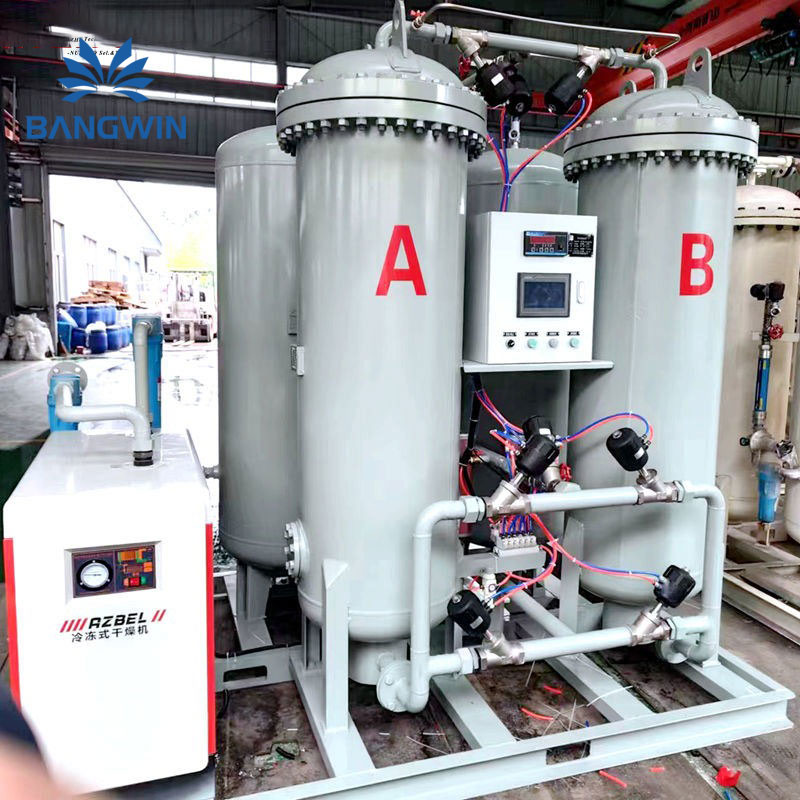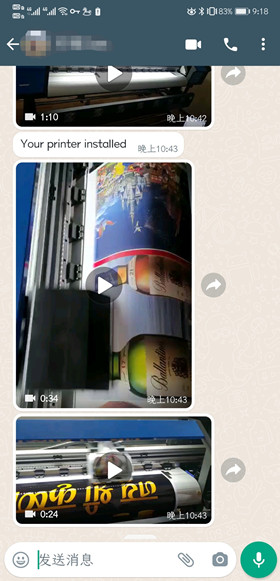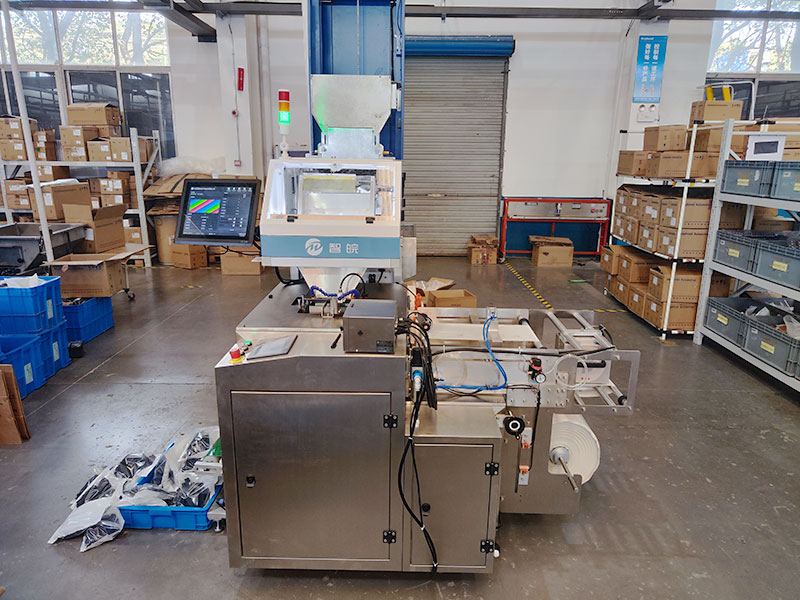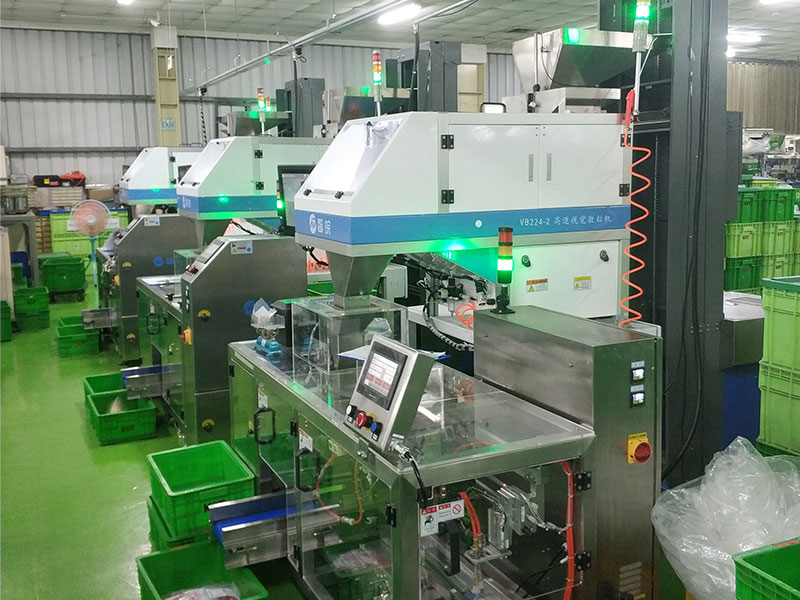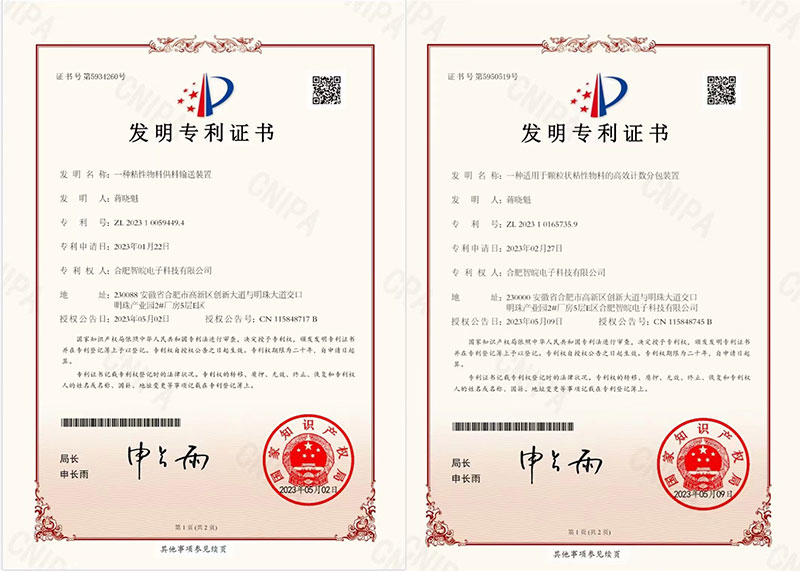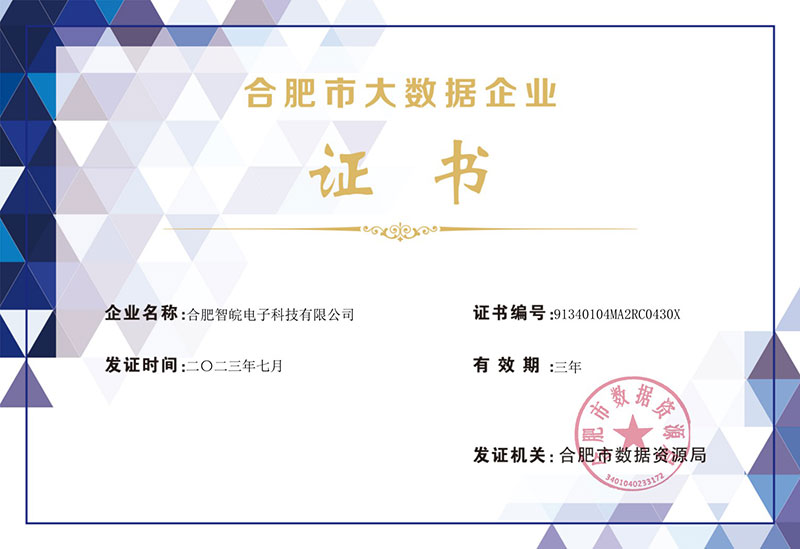Lightning protection projects and facilities must be installed inside and outside the building to prevent lightning intrusion. However, problems of varying degrees will occur during the actual construction process, including the following situations;
1. Construction not according to drawings
According to regulations, during the construction of buildings, construction should be carried out in strict accordance with the construction drawings that have passed technical review. It is not allowed to add or delete items at will, cut corners, etc. However, during the inspection of the lightning protection device construction site, it was found that some projects were not carried out according to the design drawings. During construction, the distance between the down conductors set exceeds the design range, and the down conductors are not set at the corners of the building.
2. Irregular welding of lightning protection device
Lightning protection grounding welding of buildings always accompanies the whole process of construction. The quality of welding directly determines the quality of lightning protection projects. In building design, basic steel mesh is often used as the grounding body. In actual inspection, problems existing in it are: Welding, the welding between the main steel bars of the down conductor and the grounding body, and the welding between the main bars of the ground beam, the overlap length often does not meet the specified standards; the specifications of the lap steel bars do not meet the requirements.
3. No reserved points for equipotential connection
The lightning protection effect of a building mainly depends on whether the equipotential connections formed between the non-charged metal objects and the charged metal objects in the building can become a unified whole. Therefore, during the construction process of the building, the equipotential reserve end should be set with enough points at necessary locations as reserves.
4. Failure to install surge protector as required
The settings of surge protectors, low-voltage power distribution grounding forms, shielding measures, installation techniques, and pipeline laying are inconsistent with the standard requirements for lightning protection design. The low-voltage power distribution system introduced into the building should be installed with corresponding surge protectors and floor lighting systems (electrical equipment). Surge protectors should be installed in the power control cabinet. Cable TV, broadband network, and telephone lines in buildings should be equipped with signal arresters when entering the building.
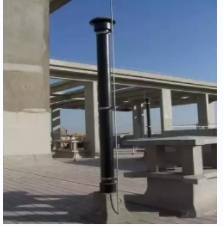
Jinli is a company integrating R&D, production, and sales. Since its establishment in 2006, it has 18 years of experience in producing surge protectors. The lightning protection department consists of a technical department and a construction department. Among them, there are 10 technicians and 20 construction workers. The construction personnel have been selected and trained at all levels and operate in strict accordance with the construction requirements to avoid appeal issues.



